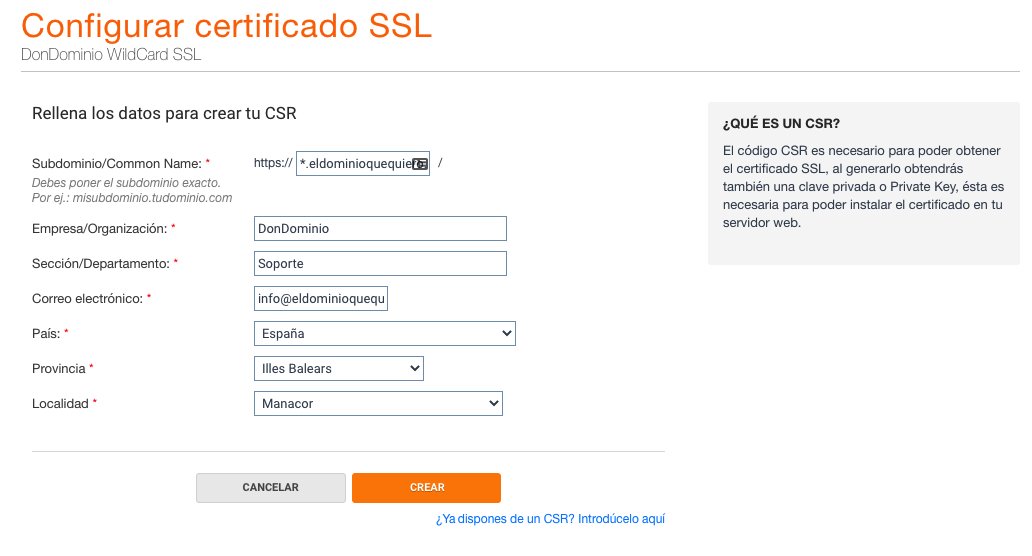Dominio Wildcard: What You Need to Know
If you’re looking to boost the flexibility of your website’s domain name system (DNS), then you might want to consider using a wildcard domain. In this article, we’ll dive into what a wildcard domain is, how it works, and why you might want to use it for your website.
What is a Wildcard Domain?
First things first, let’s define what a wildcard domain actually is. A wildcard domain is a domain name that is specified in a DNS record to match all possible subdomains. This means that any subdomain that doesn’t have a specific record will match the wildcard domain instead. For example, if you set up a wildcard domain for “example.com,” then any subdomain like “blog.example.com” or “shop.example.com” will automatically resolve to the wildcard domain.
Wildcard domains are denoted by an asterisk (*) followed by the domain name, such as *.example.com. This wildcard character tells the DNS server to match any subdomain that doesn’t have a specific record.
How Does a Wildcard Domain Work?
When a DNS request is made for a subdomain that doesn’t have a specific DNS record, the DNS server will look for a wildcard domain record. If a wildcard domain record is found, the DNS server will then route the request to the wildcard domain’s specified IP address. This allows website owners to easily add new subdomains without having to create individual DNS records for each one.
Wildcard domains are especially useful for websites that have a large number of subdomains or for those that frequently add new subdomains. By using a wildcard domain, you can streamline the process of adding and managing subdomains.
Why Use a Wildcard Domain?
There are several reasons why you might want to use a wildcard domain for your website:
- Scalability: Wildcard domains make it easy to scale your website by adding new subdomains as needed.
- Flexibility: With a wildcard domain, you can create new subdomains on the fly without having to configure individual DNS records.
- Organization: Wildcard domains can help you keep your subdomains organized and structured, especially if you have a large number of them.
Overall, using a wildcard domain can simplify the management of your website’s DNS and make it easier to expand and grow your online presence.
How to Set Up a Wildcard Domain
Setting up a wildcard domain is relatively simple, but it does require access to your DNS settings. Here’s a general overview of how to set up a wildcard domain:
- Access your DNS settings: Log in to your domain registrar or hosting provider’s control panel to access your DNS settings.
- Create a wildcard domain record: Add a new DNS record with an asterisk (*) as the subdomain and point it to the desired IP address.
- Save your changes: Save your DNS settings and allow some time for the changes to propagate.
Once your wildcard domain is set up, you can start creating new subdomains on the fly without needing to configure individual DNS records for each one.
Conclusion
Wildcard domains offer a convenient and flexible way to manage your website’s subdomains. By using a wildcard domain, you can easily scale your website, create new subdomains on the fly, and keep your DNS settings organized. If you’re looking to streamline your website’s DNS management and improve its scalability, consider setting up a wildcard domain for your website.
